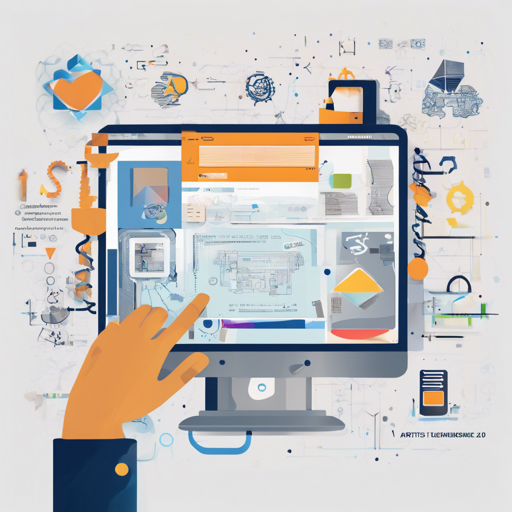The Artistic License 2.0 is a unique and flexible software license that allows developers to share and modify code efficiently. It’s especially popular in open-source projects. In this article, we will explore how to effectively work with software under this license, ensuring respect for terms while maximizing the usage and distribution of your code.
What is the Artistic License 2.0?
The Artistic License 2.0 is designed to be user-friendly, establishing clear rights and responsibilities for both authors and users of the software. It encourages cooperation and collaboration among developers. But how do you make the most of it? Let’s break it down.
How to Use Software Under the Artistic License 2.0
Using software governed by this license involves several key principles:
- Modification: You are free to modify the software, but you must document your changes.
- Distribution: You can distribute original or modified versions as long as you maintain the integrity of the original license.
- Attribution: Always give appropriate credit to the original authors of the code.
Example of Utilization
Let’s conceptualize the principles of the Artistic License 2.0 using an analogy. Imagine you’ve received a delicious pie recipe from a friend:
- You can bake the pie, modify the ingredients (like adding chocolate chips), and serve it at parties.
- If you share your version of the recipe, you must include a note about the original recipe so others can appreciate your friend’s contribution.
- And if someone loves your version, they may also bake it, tweak it, and make their own variations while respecting your original friend’s recipe.
This analogy illustrates how the license functions and promotes a spirit of sharing while maintaining respect for everyone involved in creation.
Troubleshooting Common Issues
Sometimes, navigating licenses can be tricky. Here are some common issues developers face and possible troubleshooting ideas:
- Issue: Misunderstanding attribution requirements.
Solution: Always read the license terms included with the software. When in doubt, provide credit where it is due. If you’re still unsure, reach out for clarification.
- Issue: Confusion over modification rights.
Solution: Remember, you can modify the code, but document all changes clearly. It’s not just about legality; it’s about preserving the history of the code.
- Issue: Violation of distribution terms.
Solution: Ensure you include the license text with any distributed version of the software. This includes both the original and modified versions.
For more insights, updates, or to collaborate on AI development projects, stay connected with fxis.ai.
Conclusion
Understanding the Artistic License 2.0 enables developers to harness the power of open-source software while respecting the rights of creators. By following the guidelines above, you can contribute to a vibrant community of collaboration and innovation.
At fxis.ai, we believe that such advancements are crucial for the future of AI, as they enable more comprehensive and effective solutions. Our team is continually exploring new methodologies to push the envelope in artificial intelligence, ensuring that our clients benefit from the latest technological innovations.

